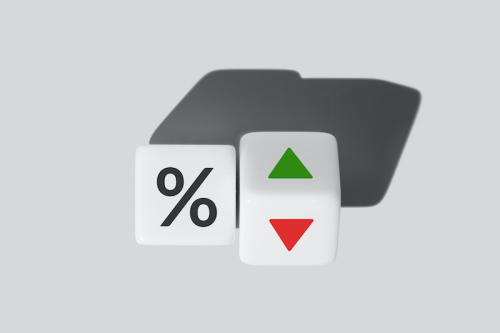Last updated: December 20 2023
Good News for Year-End: Inflation, Savings Rates and Community Support

Evelyn Jacks
Canadians and their economy appear to be on the road to financial health. Canada’s Consumer Price Index (CPI) rose 3.1% on a year-over-year basis in November, and while there was no decline from the month before, if the trend continues and the inflation rate falls to within the Bank of Canada’s target rate of 2%, Canadians could look to 2024 as the year the Bank starts cutting interest rates. Better still, because household disposable income has risen at the fastest pace in five quarters, Canadian savings rates have risen, too. There is a fly in the ointment, but even that can’t dampen spirits.
The fly in the ointment, however, is the plight of small businesses, which employ In 2022, businesses with 1 to 99 employees comprised 98.0% of all employer businesses in Canada and  employed 10.7 million individuals which is almost two-thirds (63.0%) of all employees.
employed 10.7 million individuals which is almost two-thirds (63.0%) of all employees.
According to Key Small Business Statistics, between 2001 and 2019, the number of businesses increased every year, except for two: in 2013 and in 2016, when more businesses disappeared (97,217 and 95,367) than were created (95,392 and 94,654). But more recently, declines have accelerated and exceeded openings, as illustrated below.
Business closures outpaced openings during the first half of 2023, as well as the second, as high input costs and workforce-related challenged, together with high interest rates were generally to blame. Openings in fact fell to their lowest level since March of 2020 according to the statistics.
The November 21, Fall Economic Statement pointed to some of the same trends. In analyzing where corporate revenues are predicted to land, the tough business climate was certainly evident. It is expected that there will be a 15.1% revenue decrease as a result of economic slowdowns to come. Lower corporate profits are predicted for 2023-2024 before growth picks up again – about 3.5 percent forecasted past that until the end of the decade.
Nonetheless, the good news to end the year is the financial health of Canadian households. Due to a rise in wages and salaries, which have risen in their fastest pace in five quarters, at 2.6%, household savings rates also rose about 5%.
The result that both disposable income and savings are “well above” their pre-pandemic rates/ in fact, 2.3 percentage points higher than in late 2019.
While Canadians are doing some of the right things by reining in their spending this holiday season, even business owners can take heart in the fact that when they do spend, Canadians are supporting their local businesses, according to the CFIB. “A majority of consumers (86%) say supporting Canadian small businesses is important to them, according to a public opinion poll conducted by Maru/Matchbox on behalf of the Canadian Federation of Independent Business (CFIB) and two-thirds (66%) of respondents say they make efforts to buy from small businesses rather than ordering from large online retailers. . . top reason is to support their community.”
Let’s keep up the good work, Canada! We’ve got this!
Happy Holidays! May peace, joy and recognition of our blessings bring contentment and inspiration for 2024!
https://www150.statcan.gc.ca/t1/tbl1/en/tv.action?pid=3310027001&pickMembers%5B0%5D=1.1&pickMembers%5B1%5D=2.1&cubeTimeFrame.startMonth=04&cubeTimeFrame.startYear=2023&cubeTimeFrame.endMonth=11&cubeTimeFrame.endYear=2023&referencePeriods=20230401%2C20231101 according to Statistics Canada, based on data available on October 4, 2023
